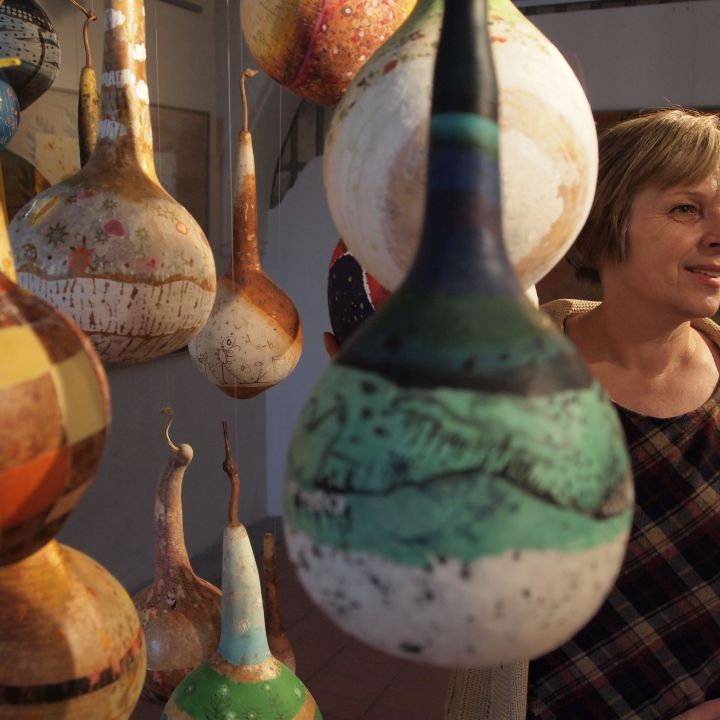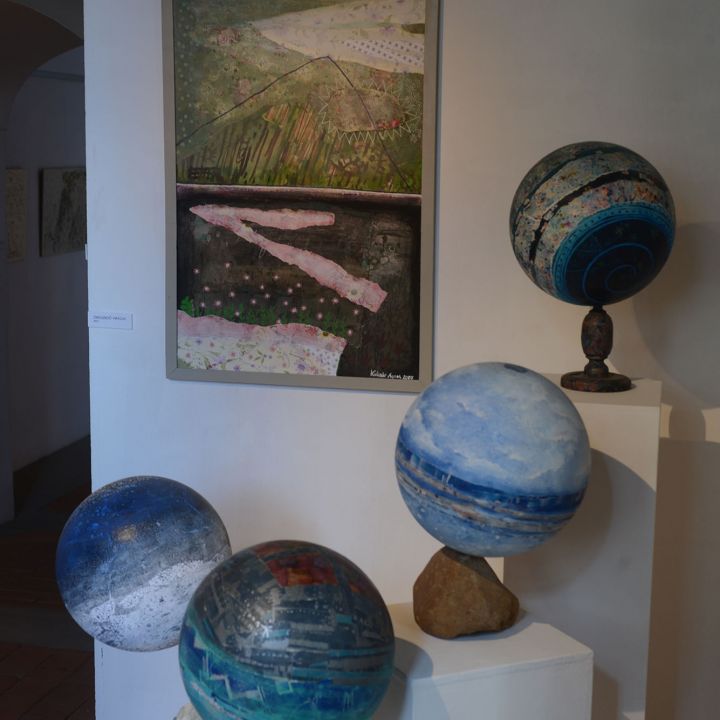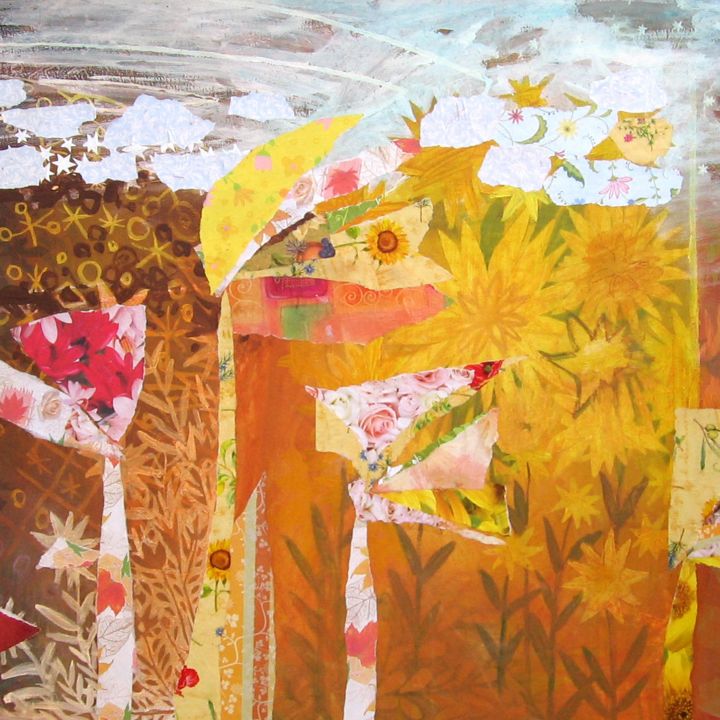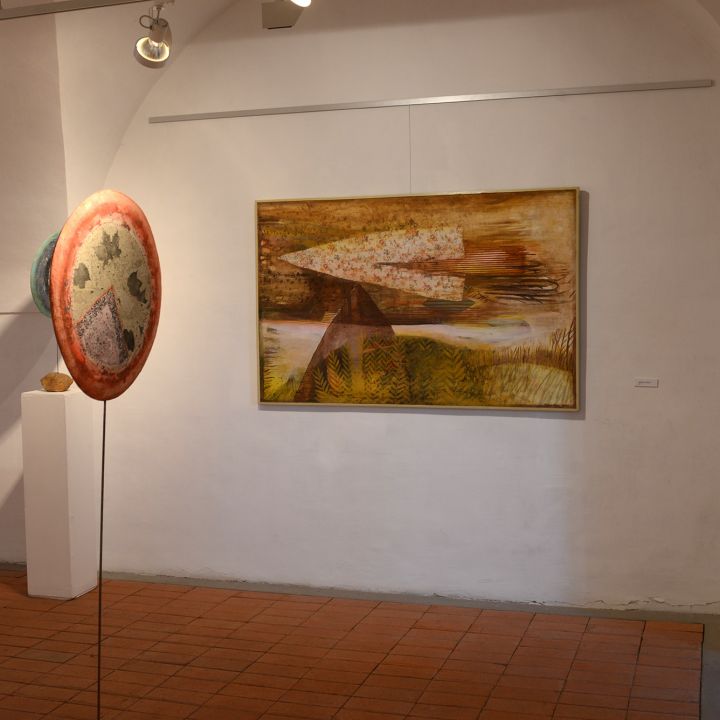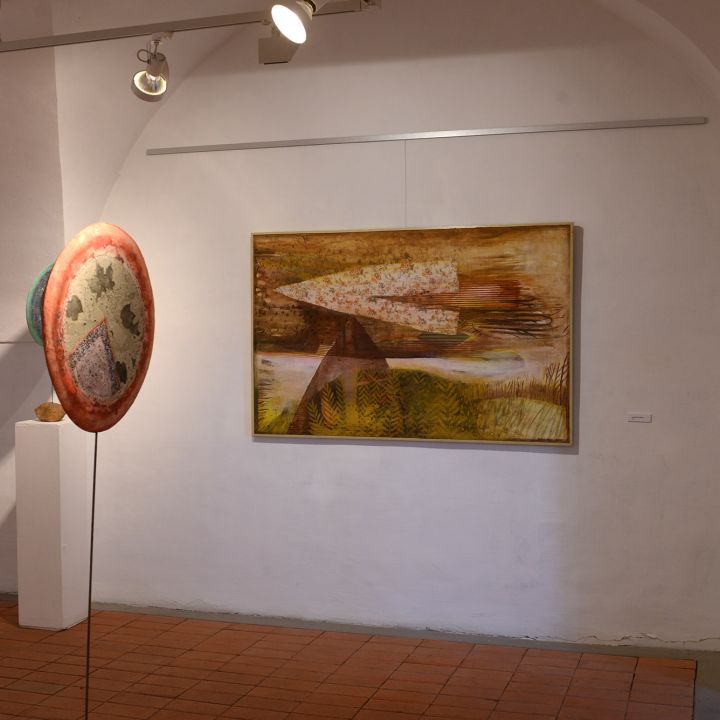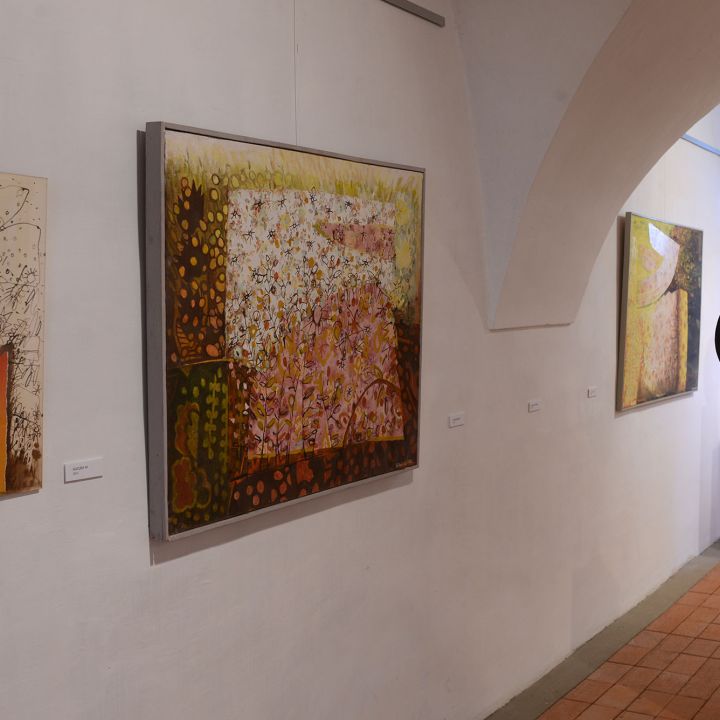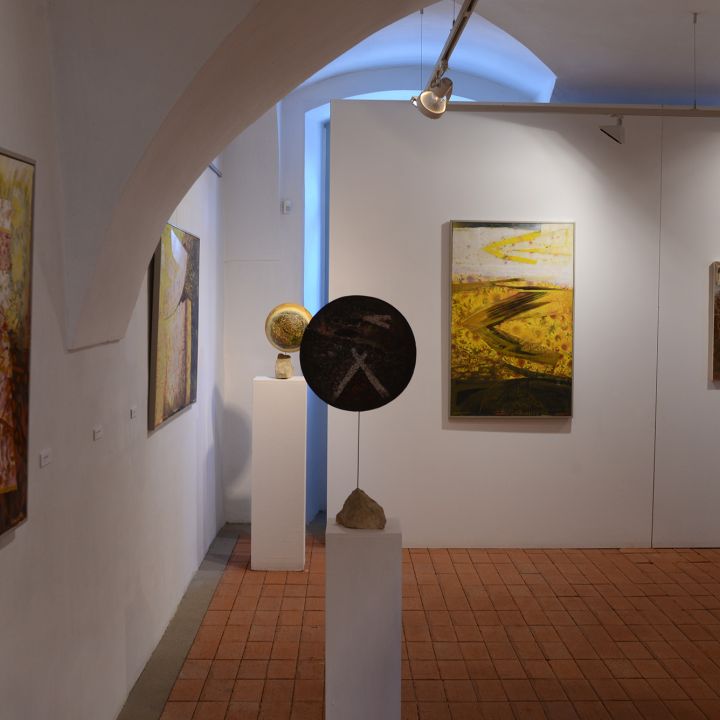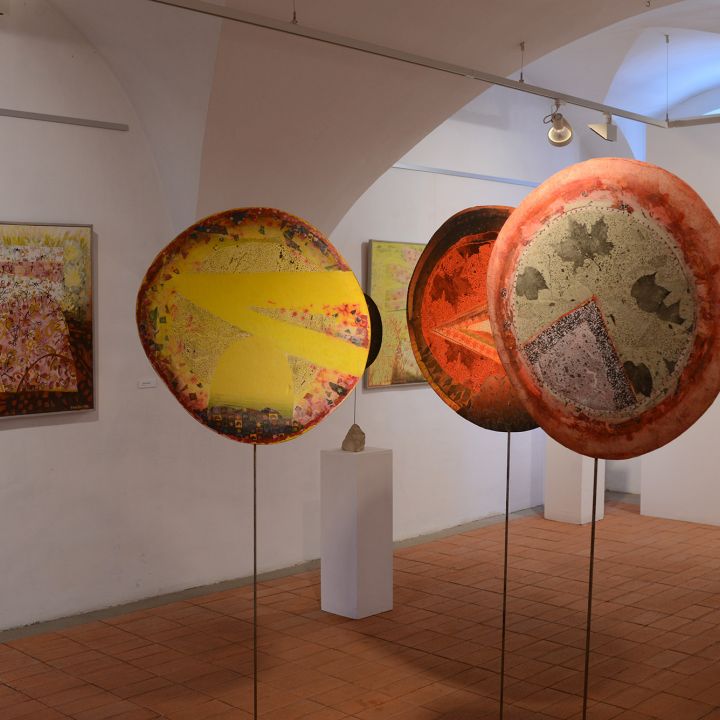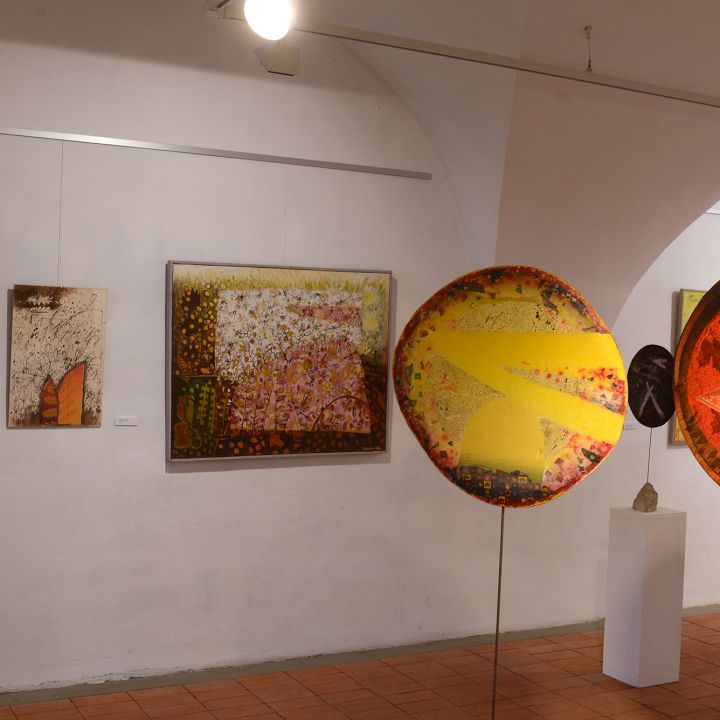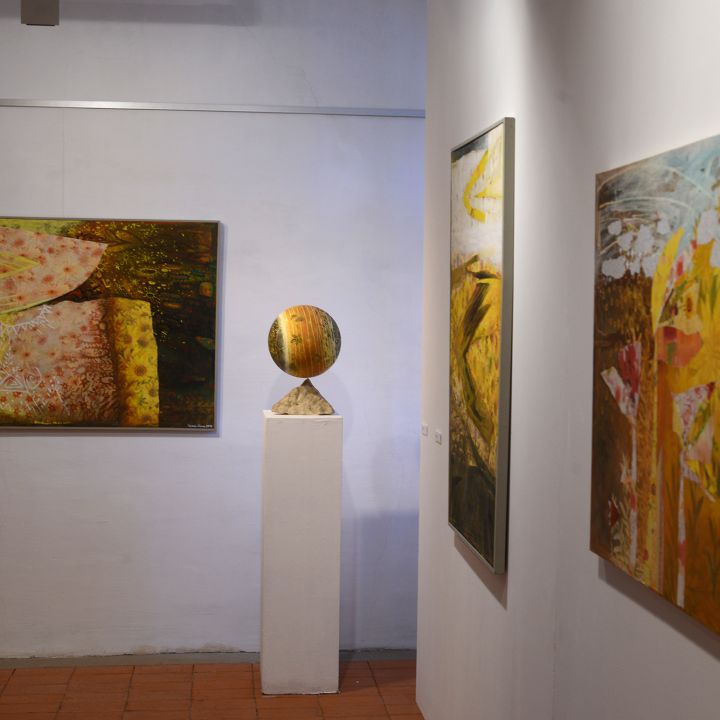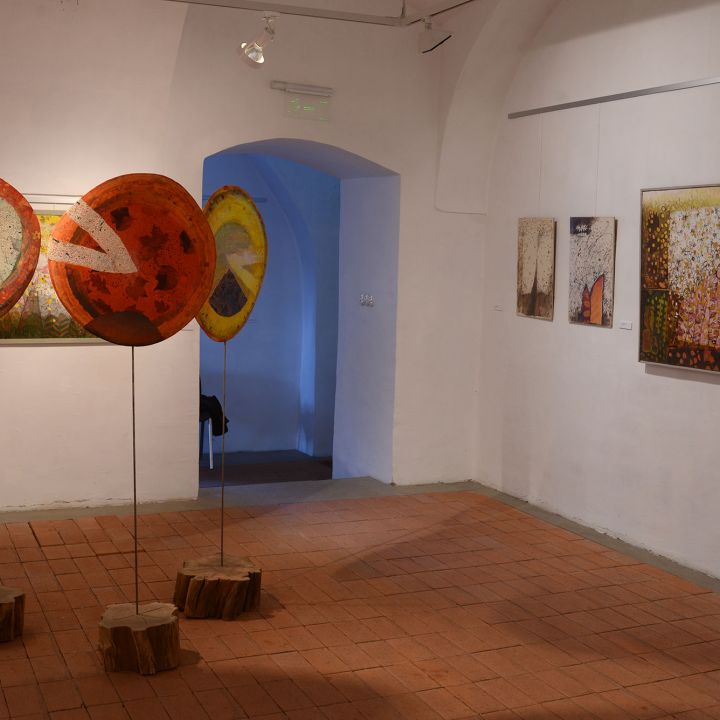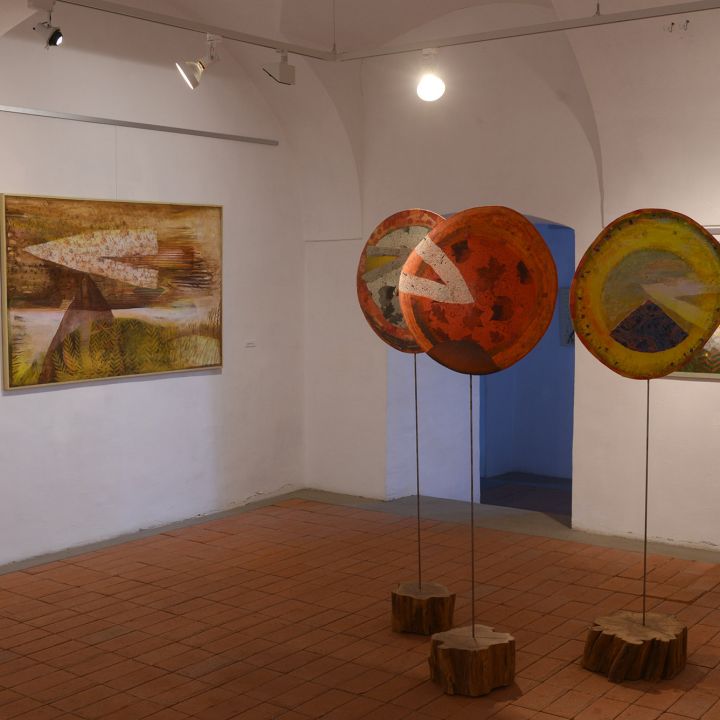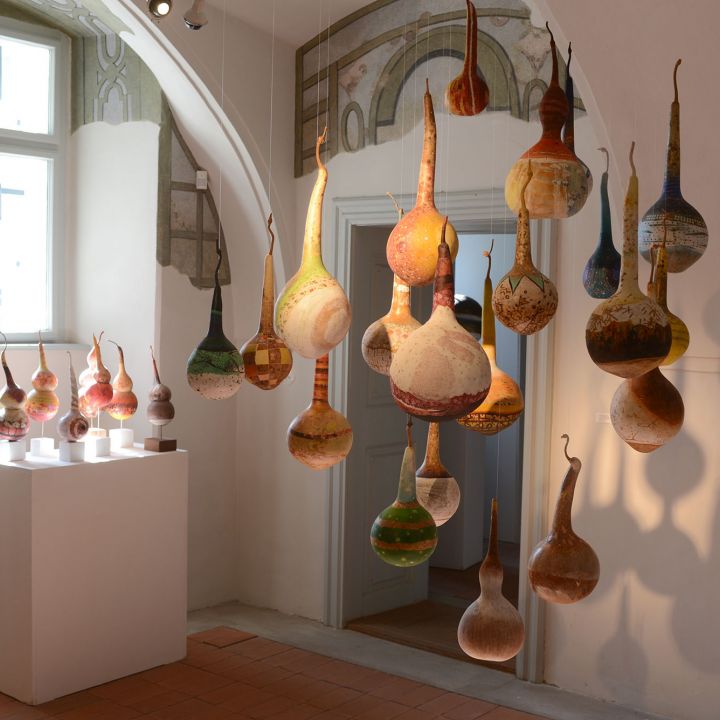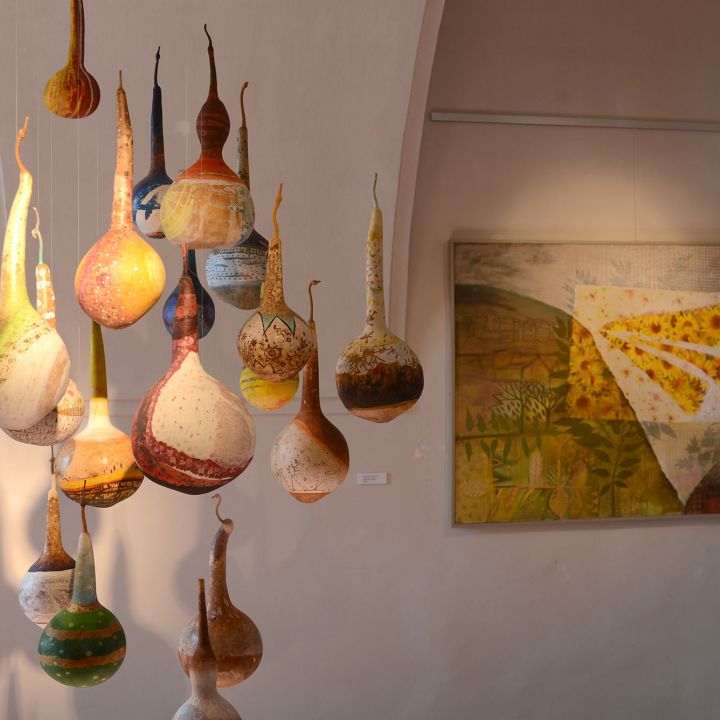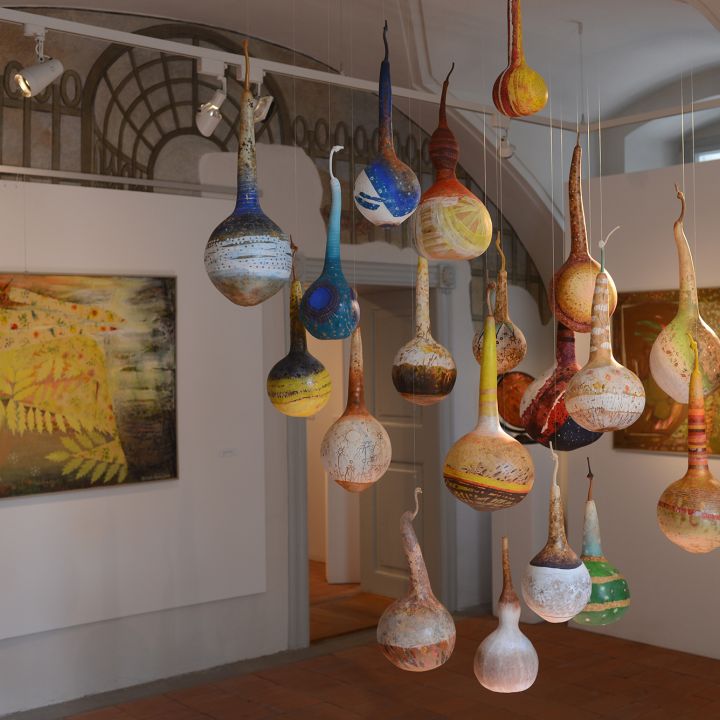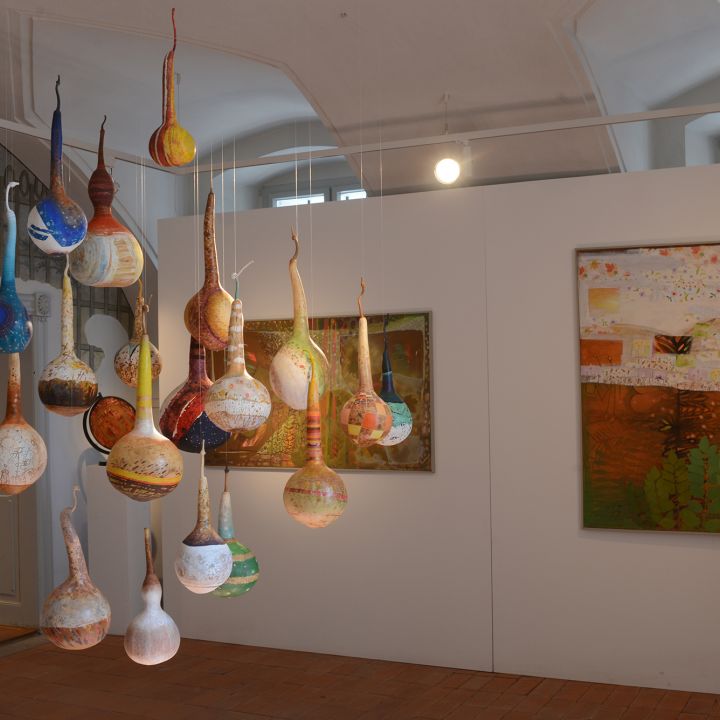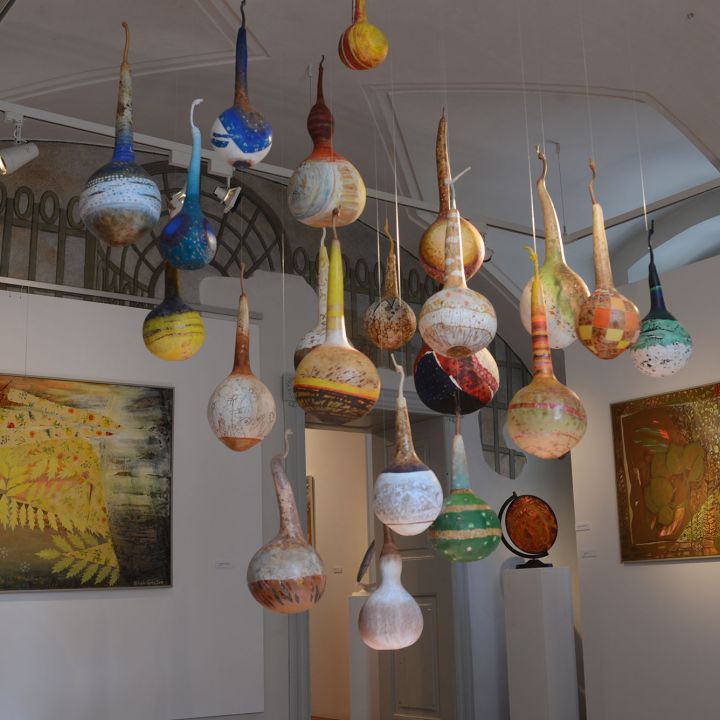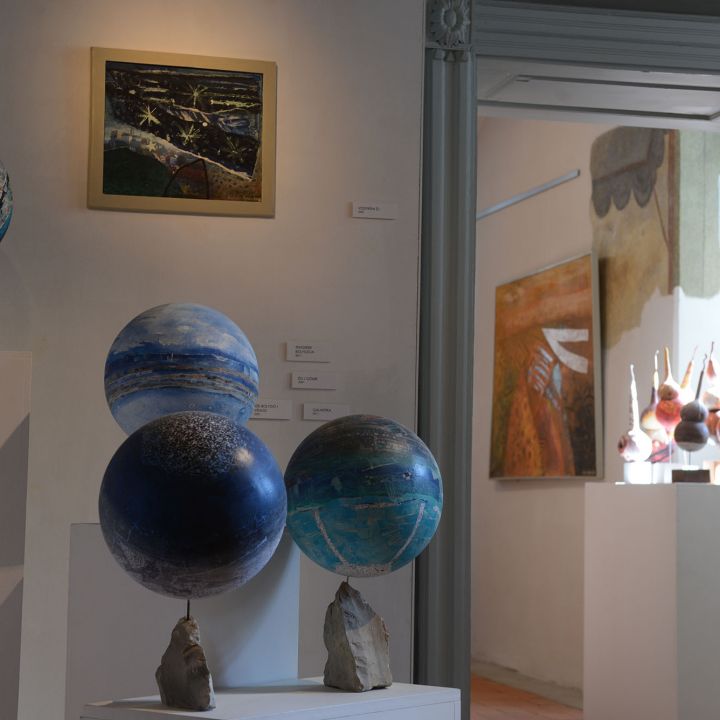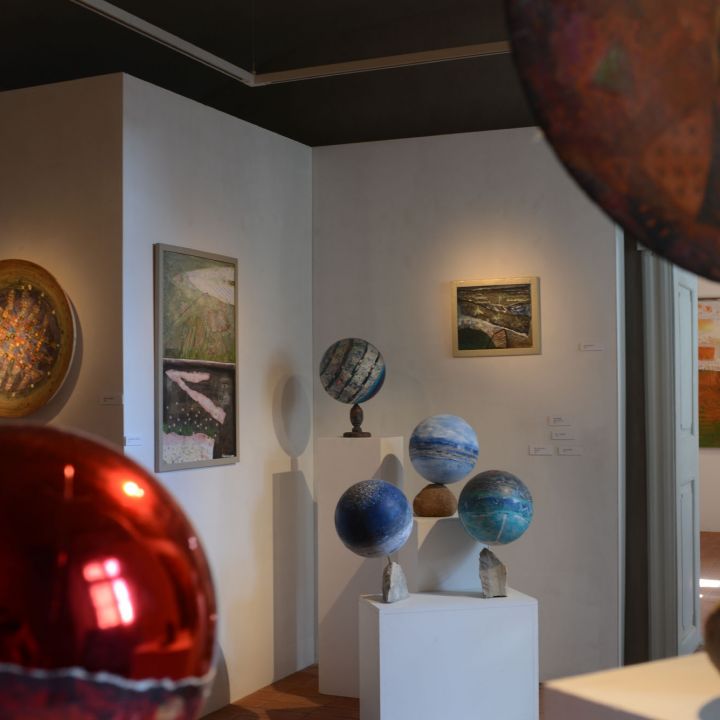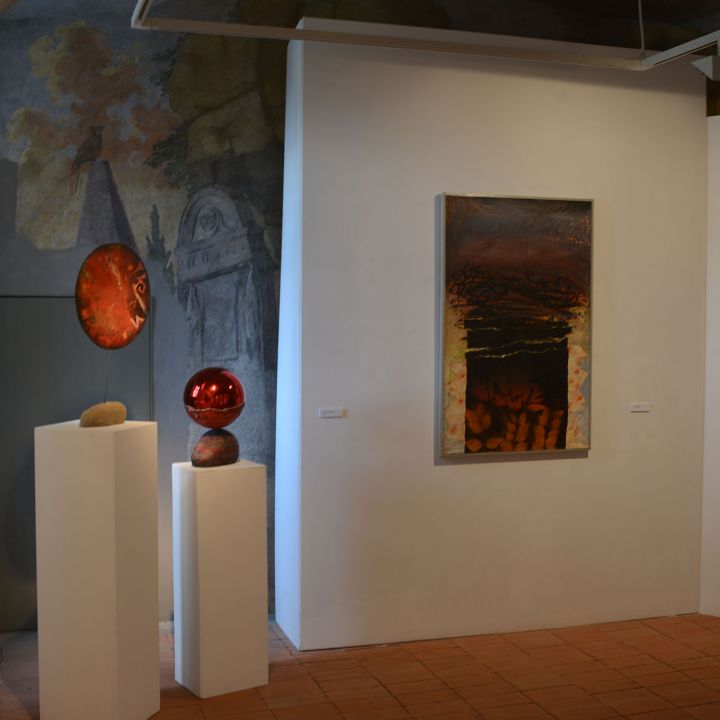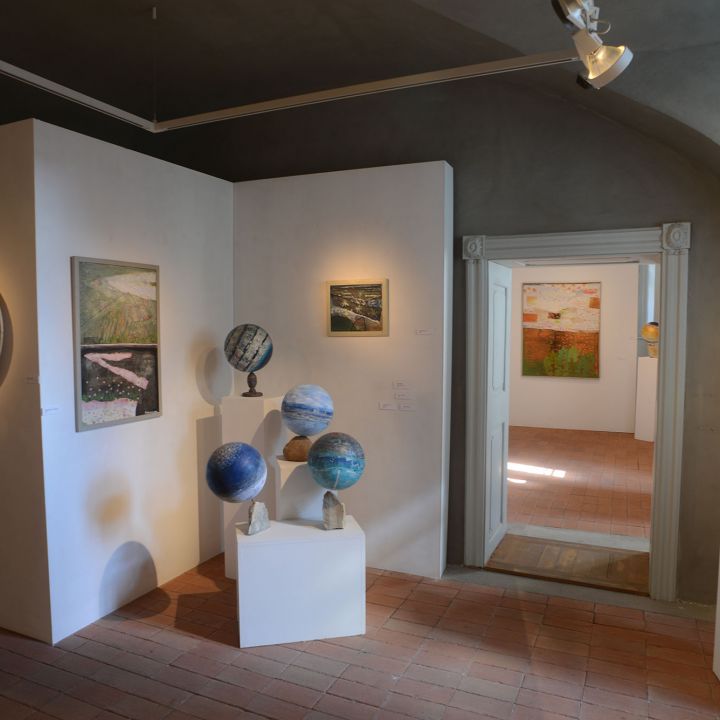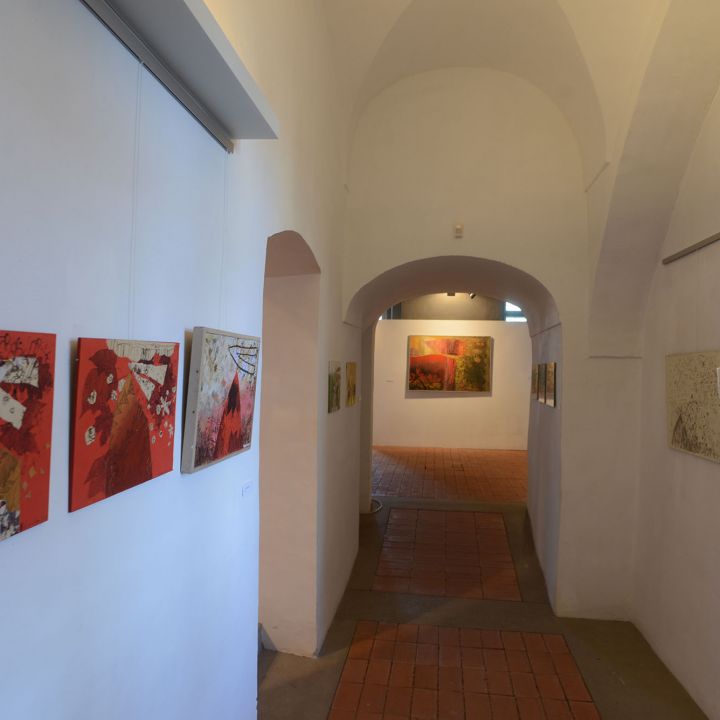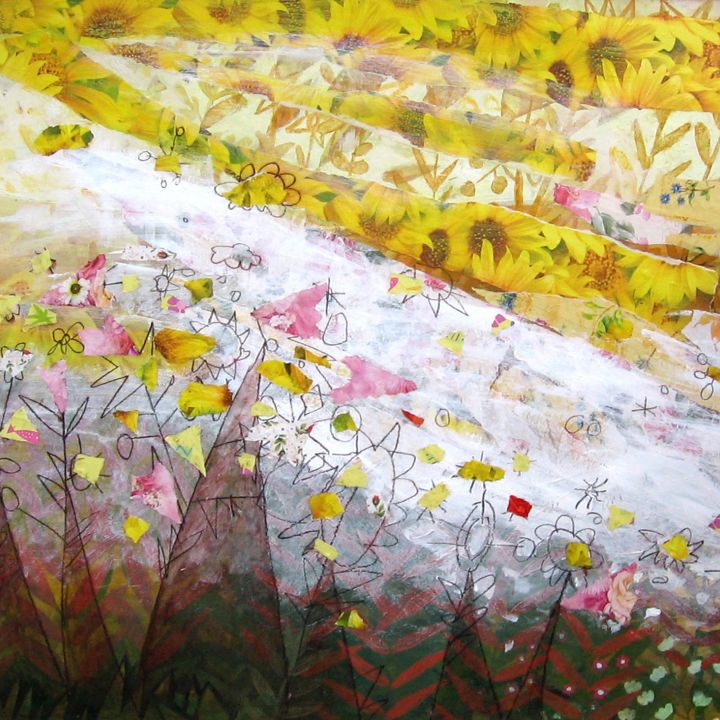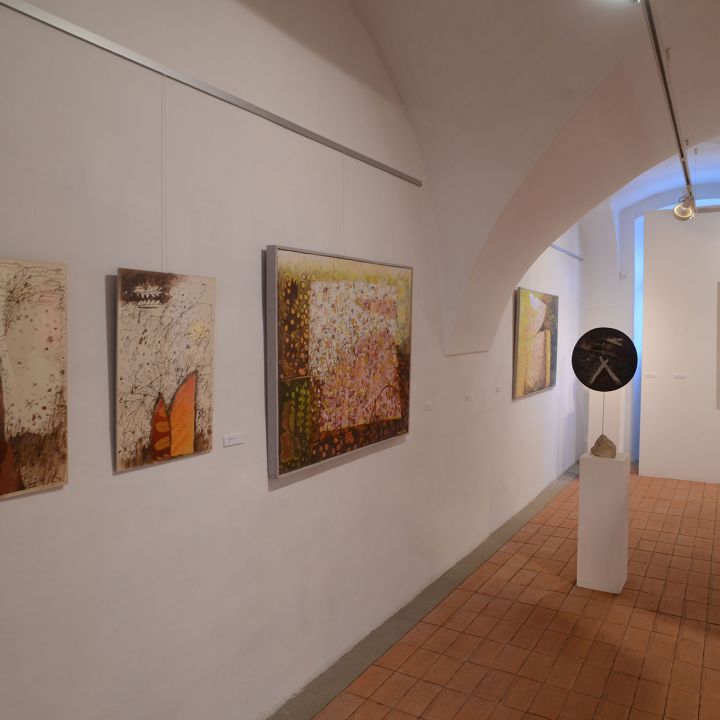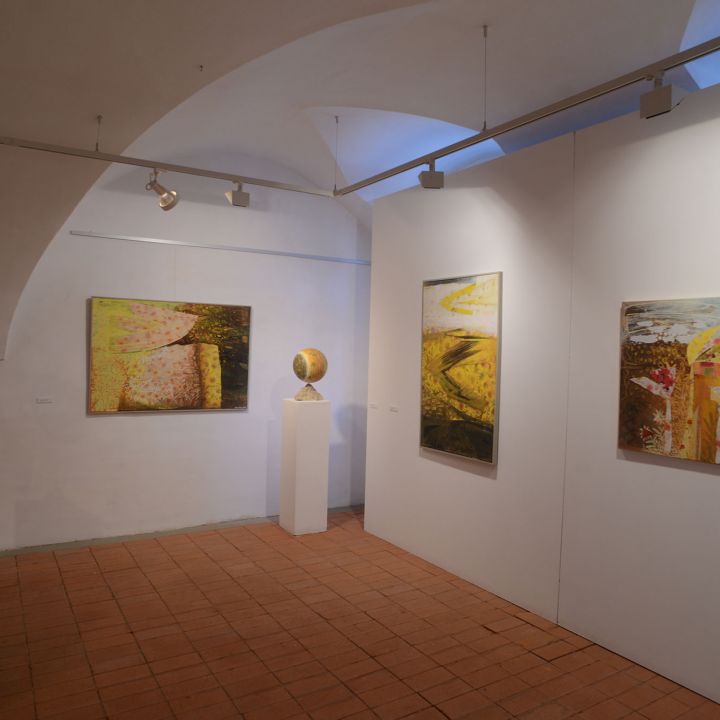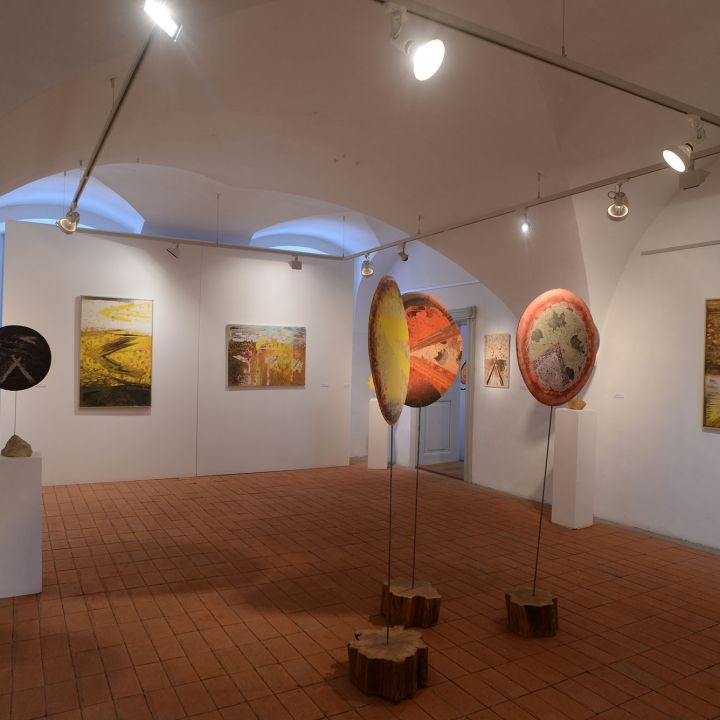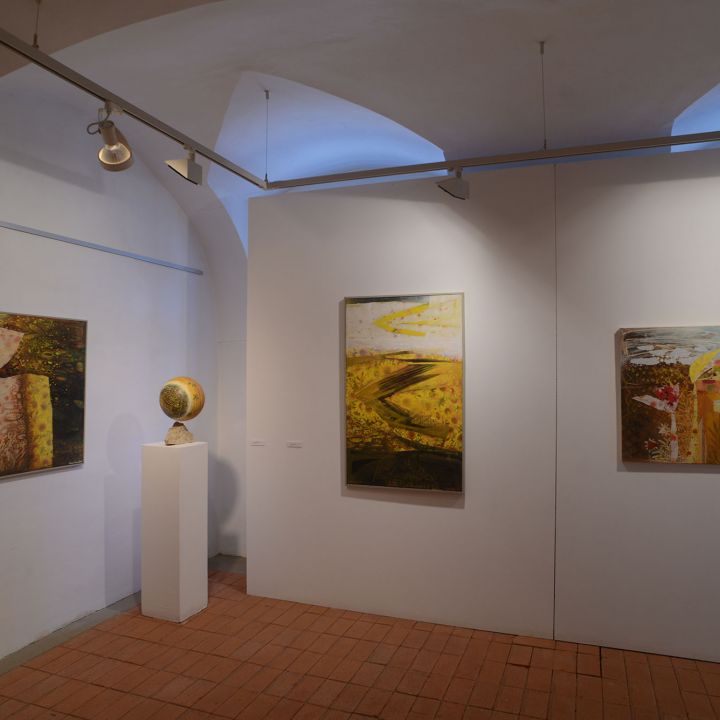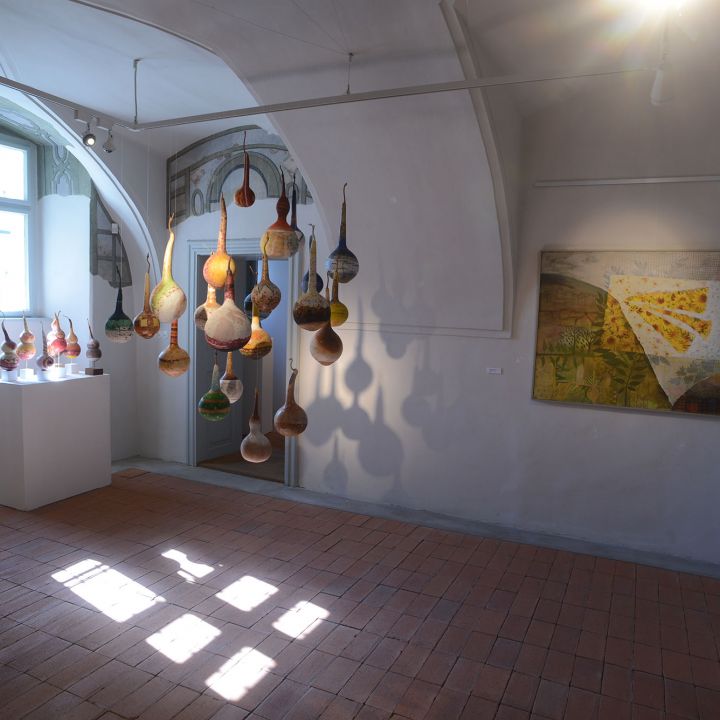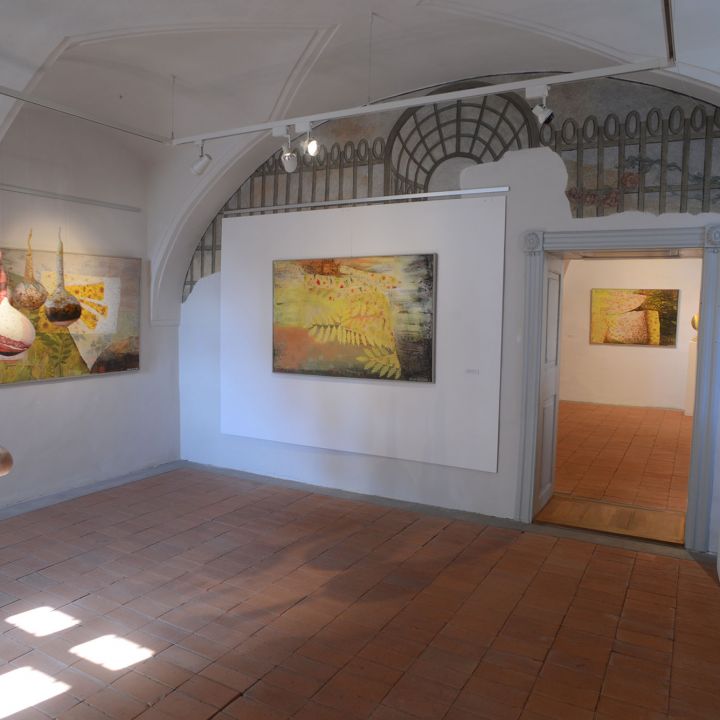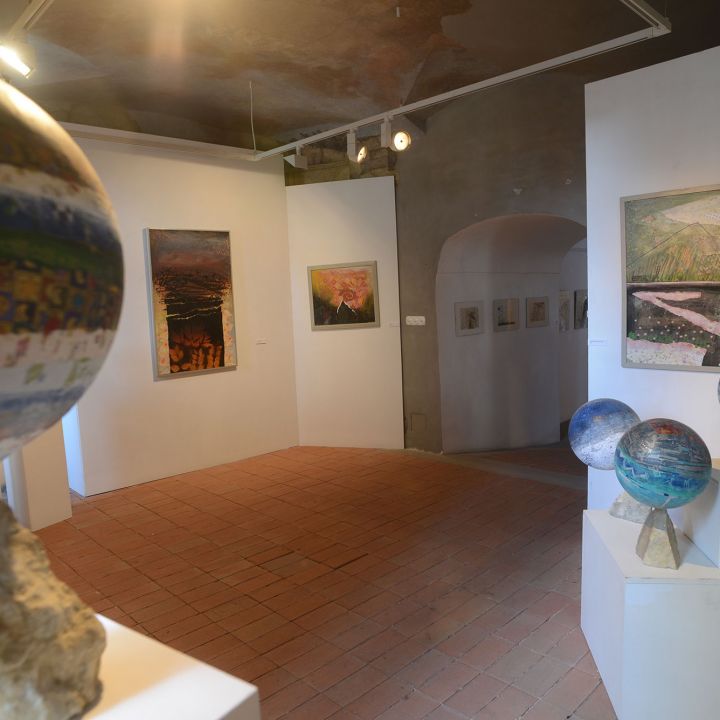"For me, Ágnes Kulcsár's paintings are part of reality - not in the way that they are, of course - because they are still around us, tangible, touchable, especially for our eyes.
Perhaps I should say that they are an integral part of the world, of the world that comes together for me in the form of a spectacle, whether it is a view outside or inside, a dream or a memory, a work of art or a landscape, a frame of film or an interesting face on a bus. Or a picture of Ági Kulcsár, for example.
From a very young age I was always surrounded by Ági Kulcsár's paintings and prints and I turned this gift into a conscious decision as an adult: my partner and I chose Ági's Spring from the 3 paintings in our tiny apartment above our bed, and we knew that it was not just about our eyes. Our souls are here, our lives are here, we need this window on our wall, because this is where we're headed.
What struck us in that picture is the same in all the works you see here, in one way or another. Unfortunately,I have only big and serious words to describe this characteristic, although for me, something light and delicate, like a spring breeze, already warm and gentle, not overpowering the phenomenon described, would be more suitable for Ági's pictures... Perhaps the vitality, the joy of life and of all that is alive, are not a bad start. There is no weightlessness. It is more a game. Just as nature is eternal, even though almost all its elements are renewed year after year and therefore extremely varied, so are these images around us. They are immensely exciting variations on the same basic elements, gestures, forms. There is an extraordinary pleasure, a sense of lounging in the work, as we see how the artist has taken basic forms again and again, using different shades, different motifs, not leaves but flowers, not lines but spots, not lightning bolts but dots, to create a different yet familiar scene. It is made up of elements of opposite types: the softness of the shapes and colours of the flowers blends in or breaks up the shapes and surfaces with darker colours, sharper geometric shapes, often in the form of wedge-shaped slits. The almost naturalistic precision of the drawings is perfectly matched by the almost or quite concrete elements of the children's painting.
Ágnes Kulcsár is building a universe of her own - literally building, as the collages require composition and editing with wrapping paper and pieces of her own earlier works. And it is as if this world can flow onto any surface, even independently of her. As this visual world creeps onto spheres and discs, as it overflows the frame, you can feel that it doesn't flow onto everything just because it has a sense of poison in it.
I'm extremely fond of stories, the lesson, the punch line. And perhaps I am a fan of Ági's paintings precisely because they take me to the most beautiful dimensions of existence, usually without a story, without the human figure. They are not at all just for the eye, I think the principle is lost on anyone who does not feel the power of creation in the images - the creation that Ági performs and the creation of the world that is depicted in the works. Precisely by mixing very concrete, recognisable, hair-trigger shapes and details with more abstract pictorial details, invisible, intangible dimensions are drawn in. The cosmos, which is embossed on every sphere. The secret life of trees, flowers, colours, lines and patches of colour.
These images, although full, leave us with plenty of space. It is up to us to decide what we think we are seeing. It is our business, our secret, our treasure, what experience or feeling is evoked when we look at the works. It is up to us to decipher the details at our own pace, to contemplate the harmony of different types of spectacle.
One of my favourite paintings is the Constellation, in which the basic opposites of the world, light and dark, as well as day and night, warm spring and cooler winter, are present. The dark reds and sunflowers evoke hot summer, the reddish browns autumn. We can think of a day, a year, even the fullness and stages of a life.
Because, of course, I'm looking for the story, the punch line, the lesson to be learned. Fortunately, the images do not leave themselves: as I said, there is no person - only that which surrounds him/her, weaves his/her world (if and as long as he/she lets it.) There is no perspective, i.e. no depth of field, so the image does not create the illusion of visible natural reality, but unveiledly skips the question of space, and thus the other dimension of everyday life, time, is also left out of the picture. The images open up a different coordinate system, transporting the viewer into a fabulous, invented, composed universe that defies rules, effortlessly weaving together the far with the near, the cold with the warm, the concrete with the sketchy, radiating the essence of things, the infinite joy of our world's existence. Yet, yet, so familiar, so familiar, so at home. Even if we are seeing it for the first time, we can feel it: it is ours.
Have fun visiting the exhibition!"
Zsófia Somogyi

